Don’t miss our New England Beer & Baseball adventure in 2026! Click here to register!
September 2018
Though not as glamorous as hops and yeast, or even specialty malts, for that matter, base malt is the backbone of beer. Learn what differentiates each base malt and when one may be better than another.
In this issue
-
 mr-wizard
mr-wizard -
 mr-wizard
mr-wizardYeast Dosing Specifics
-
mr-wizard
Brewing a Hop Bomb
-
 mr-wizard
mr-wizardCarbonating in a Unitank
-
 article
articleCaution: Homebrewers at Work
The fun hobby of homebrewing can become dangerous if safety precautions are not taken. Always keep these safety tips in mind.
-
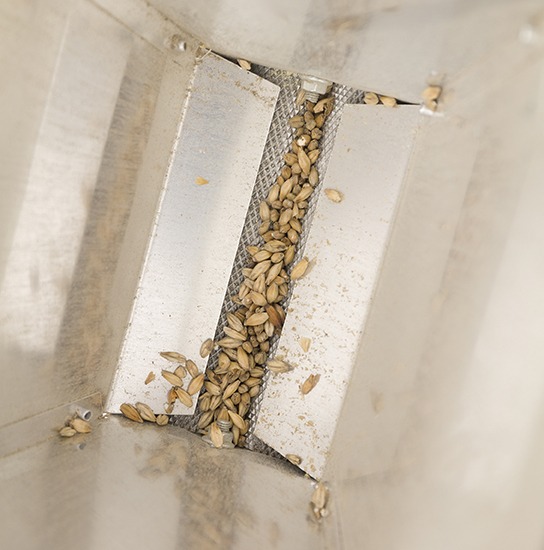 article
articleMalt Mills
Grain mills all serve the same general purpose, but each rely on unique features and materials to get the job done. We compare 10 homebrew mills on the market so you can find the mill that best suits your needs.
-
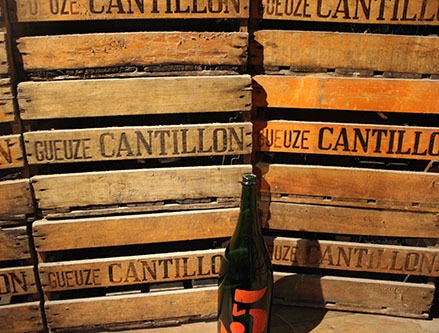 article
articleReturn of a Classic Sour Ale
Lambics have become popular among brewers around the world as the craft beer bug spreads, but we return to where it all began to learn the techniques and history of Belgian lambic.
-

-
 article
articleUnderstanding Base Malt
Though not as glamorous as hops and yeast, or even specialty malts, for that matter, base malt is the backbone of beer. Learn what differentiates each base malt and when one may be better than another.
-
 article
articleMaster Malt Analysis
Get a better understanding of what makes up the malt you use by learning how to interpret a malt spec sheet.
-
 article
articleKombucha
Got fermentation fever? Kombucha — tea fermented with Brettanomyces and other microbes — may be a fun change of pace. Learn the history, brewing techniques, and recipes for this ancient fermented beverage that has boomed in popularity in recent years.
-

-

-

-

-

-
 article
articleUnderstanding Malt Lingo
There are plenty of technical terms that surround the cereal grains that we brewers use as a source of sugar to make beer. Understanding the brewing jargon used when talking about malt can be very helpful.
-
 article
articleJunkyard Brewing Co.
The Replicator chats with Junkyard Brewing Co. to uncover some secrets to making a great peanut butter stout.
-
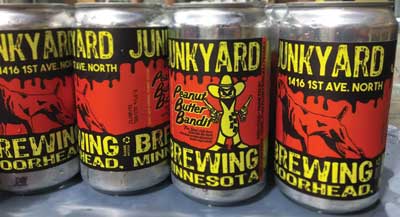 recipe
recipeJunkyard Brewing Co.’s Peanut Butter Bandit clone
One of the largest concerns with adding peanuts to a beer centers on the slick and unpleasant mouthfeel contributions and impedance of head formation/retention due to peanuts’ significant oil content. When compared to other eating nuts (almonds, walnuts, cashews, pine nuts, etc.), peanuts share a similar profile to another nut used commonly in brewing, the hazelnut.
-
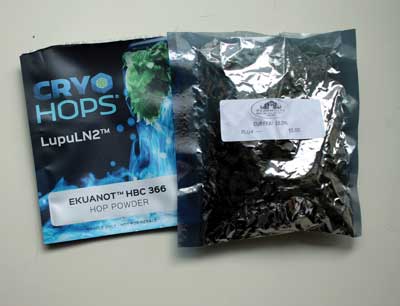 article
articleBrewing a Hop Bomb, Yeast Dosing Specifics and Carbonating in a Unitank
The Wiz answers a reader question about brewing the most aromatic kind of IPA possible. Also find tips on adding yeast for bottling and force carbing in a unitank.
-
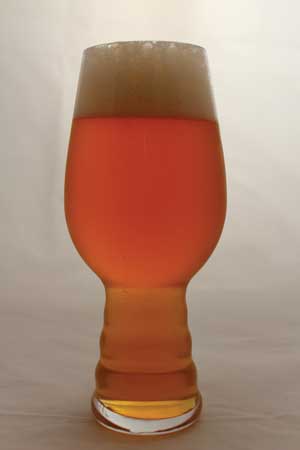 article
articleAmerican IPA – The flagship American craft beer
American IPAs continue to dominate the craft beer market. Gordon Strong brings his knowledge of crafting a delicious homebrewed version of this style, for all to enjoy.
-
 recipe
recipeGordon Strong’s American IPA
My recipe is a bit old school since I’m not using the latest sexy hop varieties. I’m just using good old Centennial, which was first called a “Super Cascade” when introduced. It has many of the same characteristics, like citrus, grapefruit, and pine. It’s like talking to an old friend.
-
 article
articleWort Aeration – Providing an environment to flourish
Wort aeration is an important part of growing happy and healthy yeast in your fermenter. Aaron Hyde explains the how, what, why, and when of this technique.
-
 article
articleSour Sans Bacteria – Brewing with lactic acid-producing yeast
New strains of yeast are being released in dizzying array thanks to yeast wranglers. Discover some of the benefits and pitfalls of these new strains being offered.
-
 project
projectGlass Rinser – A portable cup rinsing station
Ever served your beer at a brewfest only to find you’re pouring your beer into dirty glassware? Here is a portable DIY glass-rinsing station to put your best beer forward. Alternatively, this concept could be used to add a rinse station to your bar at home.
-
 article
articleThe Freedoms of Nanobrewing
Due to size alone, nanobrewers can take advantage of certain freedoms that larger-scale brewers would find inhibitory. Ashton Lewis explores this concept.
-
 article
articleA Brewer’s Story – Discovering the world through beer
Join one homebrewer as he tastes and brew-hops his way on a four-month trip around the world.
-
 article
articleBIAB: Tips From the Pros
Brew-in-a-bag (BIAB) continues to grow in popularity around the world. Learn from two brewers well versed in maximizing the BIAB experience.

